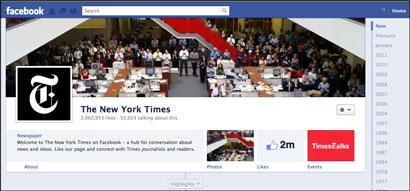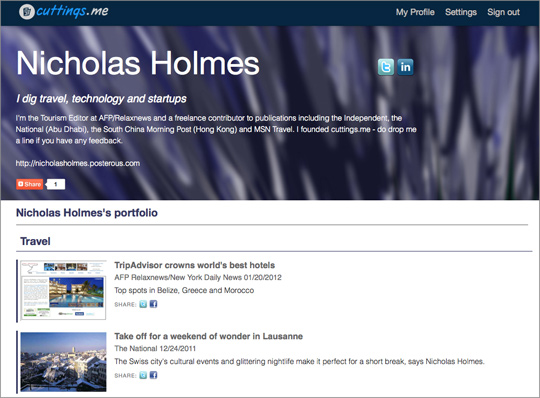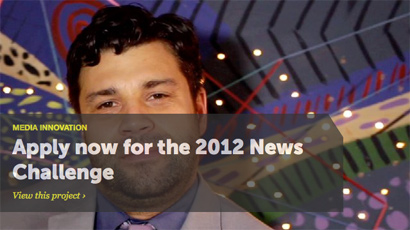The New York Times is among several US media outlets to adopt a new-style Facebook page.
The page makes the most of the timeline feature, adding photos and anecdotes from the Grey Lady’s 160-year history, inviting readers in to the newsroom.
Announcing the timeline on its Facebook page, the New York Times says:
We’re pleased to introduce our timeline, which highlights select moments from our 160+ year history. Come into the newsroom on the night of the 1928 presidential election. See our reporters at work during the 1977 blackout. You’ll even find a guest appearance by Marilyn Monroe in the 1950s. We plan to update our http://www.facebook.com/
nytimes timeline frequently with key milestones from 1851 through the present. Take a look and let us know what you think.
The new-style pages were announced by Facebook today, already adopted by US TV show Today and People, and were among a number of features released at the Facebook Marketing Conference (fMC) in New York City.
Facebook describes the layout, which “includes a cover photo, larger story sizes, better tools to manage a page and more”, as designed to “help business and organisations better share their story and connect with people”.
Update: There are a couple of handy posts on how to create a great news-style Facebook page and timeline for your news organisation. Here is some advice from Lost Remote and here are a few tips from Zombie Journalism.







